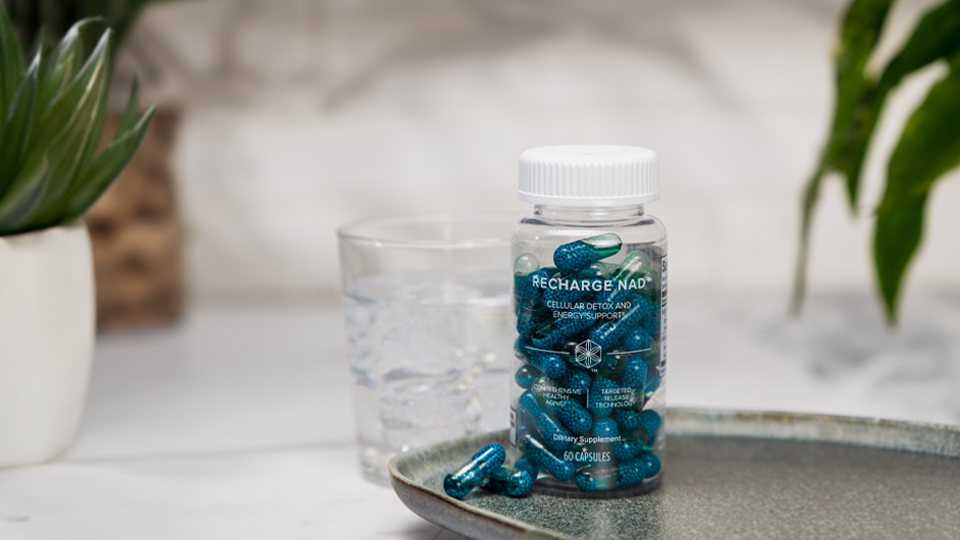Too much sun can be dangerous, but a limited amount of sunlight exposure may be beneficial for our bodies.
Approximately 40 percent of the entire United States population does not attain enough vitamin D optimal for health. In fact, a new study published by BMC Public Health journal suggests that those with indoor occupations are more likely to have low vitamin D levels (1).
Researchers at the University of Alberta, Canada analyzed 71 journal articles on 53,425 individuals, their occupations, and vitamin D levels. There were 35 studies performed on healthcare workers, 19 studies on indoor workers, 11 studies on outdoor workers, six studies on shift workers, and five studies on smelter workers. From these, studies performed on professional athletes, military members, and those that lived in Antarctica were not taken into consideration. Using these observational studies, researchers could differentiate and evaluate vitamin D levels of workers in the northern and southern hemispheres based on their different employment positions (1).
Results showed that vitamin D levels in most occupational groups, except smelter workers, did not meet the standards for ideal health. Specifically, the data showed that shift workers, indoor workers, and healthcare workers presented the lowest levels of vitamin D. Research also showed that shift workers present the highest risk of vitamin D deficiency when compared to other jobs (1).
Vitamin D is essential for strong bone growth, proper muscle functioning, and strengthening the immune system. Extensive research shows that getting enough vitamin D is also vital for cardiovascular health, brain health, and much more. Many studies on vitamin D levels present varied evidence. A population-based study that measured vitamin D levels in individuals suggested that those with insufficient vitamin D in their bodies may lose muscle strength (sarcopenia) and muscle mass (2,3).
According to Michael F. Holick, Ph.D., M.D., vitamin D inadequacy is a global problem that can be counteracted with vitamin D supplements, dietary sources such as oily fishes (e.g. salmon, which contains approximately 0.01 mg vitamin D per 3.5 oz) and fish oils, or a limited but helpful amount of exposure to the sun’s ultraviolet rays. In his book, “The Vitamin D Solution,” Dr. Holick suggests children take 1,000 IU and adults take 2,000-3,000 IU of vitamin D (3,4).
From the perspective of Dr. Holick, UV rays are the easiest way to protect against vitamin D insufficiency despite the numerous myths and public misinformation regarding sun exposure. Dr. Holick says, “The negative publicity regarding sun exposure during the past 30 years has resulted in a vitamin D deficiency pandemic. The important role that sensible sun exposure has in providing vitamin D for the world’s population needs to be reevaluated” (3,4).
Although it’s unlikely that people would switch occupations to receive sufficient amounts of vitamin D, making a conscious effort to receive optimal levels through sensible sun exposure and supplementation is ideal to remain healthy. Taking a walk in the sun every day may seem appalling in the heat of summer, but in the long run it may prove most healthful.
References
- Sowah D, Fan X, Dennett L, Hagtvedt R, Straube S. Vitamin D levels and deficiency with different occupations: a systematic review. BMC Public Health 2017;17(1). doi:10.1186/s12889-017-4436-z
- Hossein-Nezhad A and Holick MF. Vitamin D for Health: A Global Perspective. Mayo Clinic Proceedings 2013;88(7), 720-755. doi:10.1016/j.mayocp.2013.05.011
- Holick MF. High Prevalence of Vitamin D Inadequacy and Implications for Health. Mayo Clinic Proceedings 2006;81(3), 353-373. doi:10.4065/81.3.353
- Holick MF. The Vitamin D Solution. 2010. Carlton North, Vic.: Scribe.





